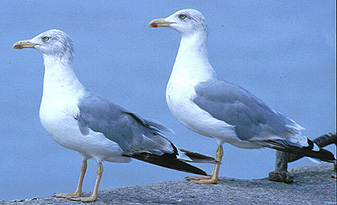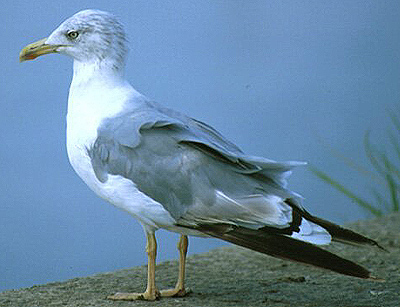 Yellow-legged
Gull - Geelpootmeeuw (L. michahellis): sub-ad August
Yellow-legged
Gull - Geelpootmeeuw (L. michahellis): sub-ad August
(last update: 08 december 2003)
YLG
1cy May
YLG
1cy June
YLG
1cy July
YLG 1cy August
YLG 1cy September
YLG 1cy October
YLG 1cy November
YLG 1cy December
YLG
2cy January
YLG 2cy February
YLG 2cy March
YLG 2cy April
YLG 2cy May
YLG 2cy June
YLG 2cy July
YLG 2cy August
YLG 2cy September
YLG 2cy October
YLG 2cy November
YLG 2cy December
YLG
3cy January
YLG 3cy February
YLG 3cy March
YLG 3cy April
YLG 3cy May
YLG 3cy June
YLG 3cy July
YLG 3cy August
YLG 3cy September
YLG 3cy October
YLG 3cy November
YLG 3cy December
YLG
sub-ad Jan.
YLG sub-ad Feb.
YLG sub-ad March
YLG sub-ad April
YLG sub-ad May
YLG sub-ad June
YLG sub-ad July
YLG sub-ad Aug.
YLG sub-ad Sept.
YLG sub-ad Oct.
YLG sub-ad Nov.
YLG sub-ad Dec.
YLG
adult January
YLG adult February
YLG adult March
YLG adult April
YLG adult May
YLG adult June
YLG adult July
YLG adult August
YLG adult September
YLG adult October
YLG adult November
YLG adult December
photo 01: Yellow-legged Gull michahellis 4cy, August 25 2000, Etaples, France (50.43N,01.37E).
A sub-adult michahellis with active moult in the tail-feathers and primaries. Some features may indicate this bird is in 4cy:
- The bill has an obvious black mark on the upper mandible near the gonydeal angle.
- The red spot on the gonydeal angle doesn't reach the upper mandible. In older birds this red spot extends on the upper mandible.
- The old secondaries have a brown hue and black centres, especially visible now the greater coverts have been shed.
- The outer primary coverts are completely dark.
- The old P10 is third generation and shows a white mirror, although obvious less pronounced and smaller than in adults. Wear in the feather tip may be extensive and especially the white parts of feathers may wear away. In most cases, close examination will reveal there was a mirror present.

As in most individuals, this 4cy michahellis shows features of both adults and immatures. P6 is almost as long as P5, already visible beneath the tertials. Note the head streaking, now the head feathers have been moulted recently.
